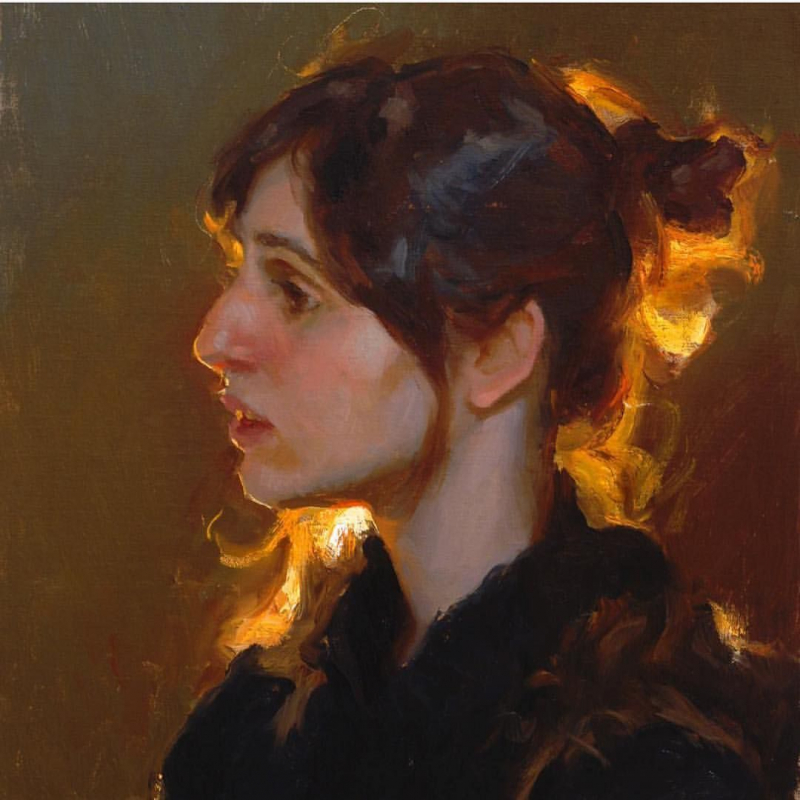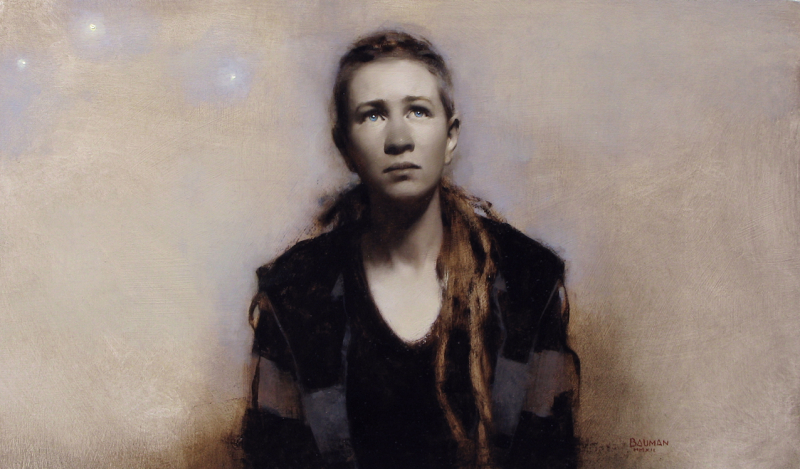Realism
The creativity trend of Realism developed in France around the 1840s, during the time of the 1848 Revolution.
Romanticism, which used to dominate French art and literature in early 19th century, was condemned by realists. As a result, the realist movement rebelled against exotic subject matter, heightened emotionalism, and excessive melodrama of the Romantic period. Instead, it aimed to depict genuine and typical modern people and circumstances with integrity and truth, without excluding unpleasant or reprehensible parts of life. In essence, the movement sought to focus its attention on unidealized issues and occurrences that had previously been disregarded in art.
Realist works often represented the changes brought on by the Commercial and Industrial Revolutions, depicting individuals of all social strata in scenarios that occur in everyday life. Realists highlighted daily topics and events in modern surroundings and strove to portray all socioeconomic strata in a comparable way. The use of dreary earth tones negated the beauty and idealization normally seen in art.
As opposed to presenting idealized depictions of the world, Realism was mainly involved with how things seemed exactly as they were to our naked eyes. With the arrival of photography - a new visual source - the drive to create representations that seem objectively genuine increased.
This movement used to spark controversy because of its deliberate criticism of societal ideals and the higher class, as well as its examination of the industrial revolution's new values. But nowadays, it is much more well-received, and is considered among the most popular art styles for artists to try.
Emergence: 1840s
Outstanding artists: Gustave Courbet, Ilya Repin, Jean-Francois Millet, Rosa Bonheur.








